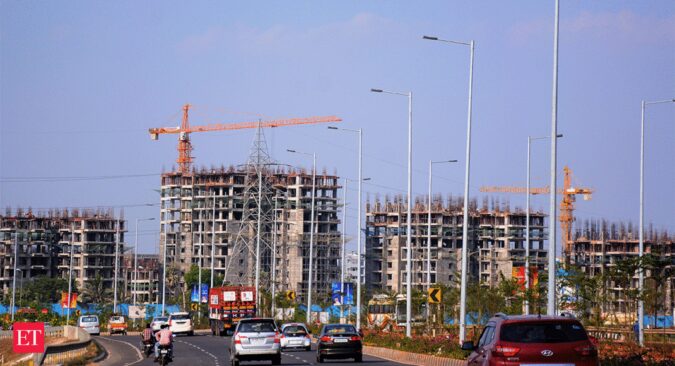The World Bank said in its latest Global Economic Prospects report that global growth is likely to slow to 2.1% in 2023, with prospects clouded by financial risks but that’s up from a 1.7% forecast issued in January.
“Global growth is projected to decelerate from 3.1% in 2022 to 2.1% in 2023. Global growth has slowed sharply and the risk of financial stress in emerging market and developing economies is intensifying amid elevated global interest rates,” according to the World Bank’s latest Global Economic Prospects report. The bank predicted global growth rebounding to 3.0% in 2025.
In January, the World Bank had warned that global GDP was slowing to the brink of recession, but since then, strength in the labor market and consumption in the U.S. had exceeded expectations as has China’s recovery from COVID-19 lockdowns.
“The surest way to reduce poverty and spread prosperity is through employment-and slower growth makes job creation a lot harder,” said Ajay Banga, the newly-appointed World Bank Group President.
India growth forecast“Growth in India is expected to slow to 6.3 percent in FY2023/24 (April-March), a 0.3 percentage
point downward revision from January, with private consumption constrained by high inflation and rising
borrowing costs, and government consumption by fiscal consolidation,” the World Bank said.
The World Bank noted that the South Asia region (SAR) endured significant negative spillovers from rapid
monetary policy tightening in advanced economies, weak growth in China, and the Russian Federation’s
invasion of Ukraine. But so far in 2023, the peak impact of these shocks appears to have passed, and regional
economic conditions have improved, it said, noting that terms of trade have become more favorable since the second half of 2022, and large trade deficits caused by high import commodity prices have partially receded.
“Despite this, the growth momentum continues to slow,” the World Bank said.
On India, the World Bank noted that manufacturing has rebounded into 2023 after contracting in the second half of 2022, and investment growth remained buoyant as the government ramped up capital expenditure.
“Private investment was also likely boosted by increasing corporate profits. Unemployment declined to 6.8 percent in the first quarter of 2023, the lowest since the onset of the COVID-19 pandemic, and labor force participation increased. India’s headline consumer price inflation has returned to within the central bank’s 2-6 percent tolerance band,” it said.
Recently released data showed India’s economic growth accelerated to 6.1% in the March quarter, boosted by government and private capital spending even as private consumption remained sluggish. The full-year growth estimate was revised to 7.2% from an earlier estimate of 7%. And for the year 2023-24, the government expects growth could remain around 6.5% in the current fiscal year, despite risks emerging from a global slowdown.
Some economists, however, have warned that the global slowdown and volatility in financial markets pose a risk to exports and the growth outlook in coming quarters. (With Agency Inputs)
